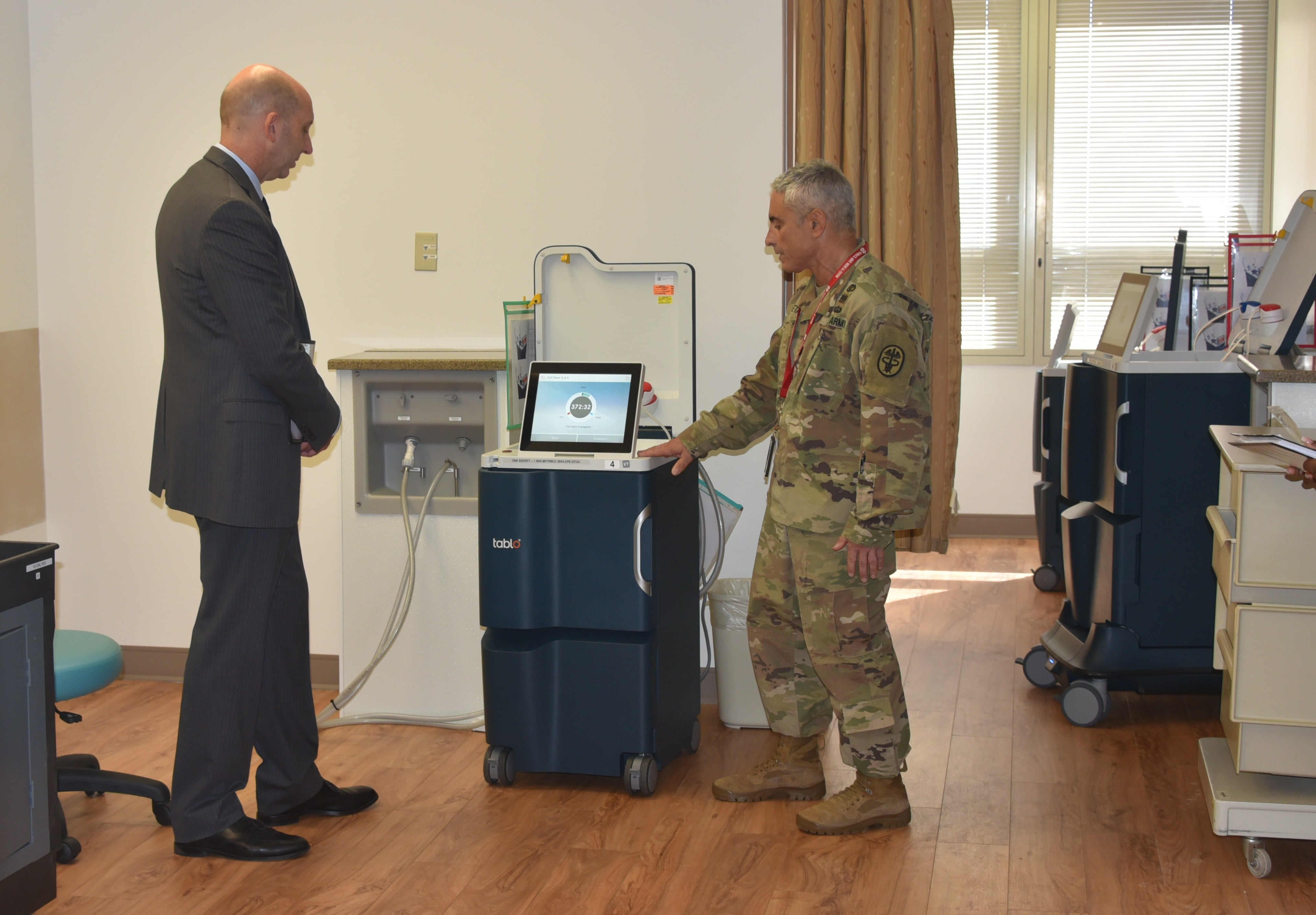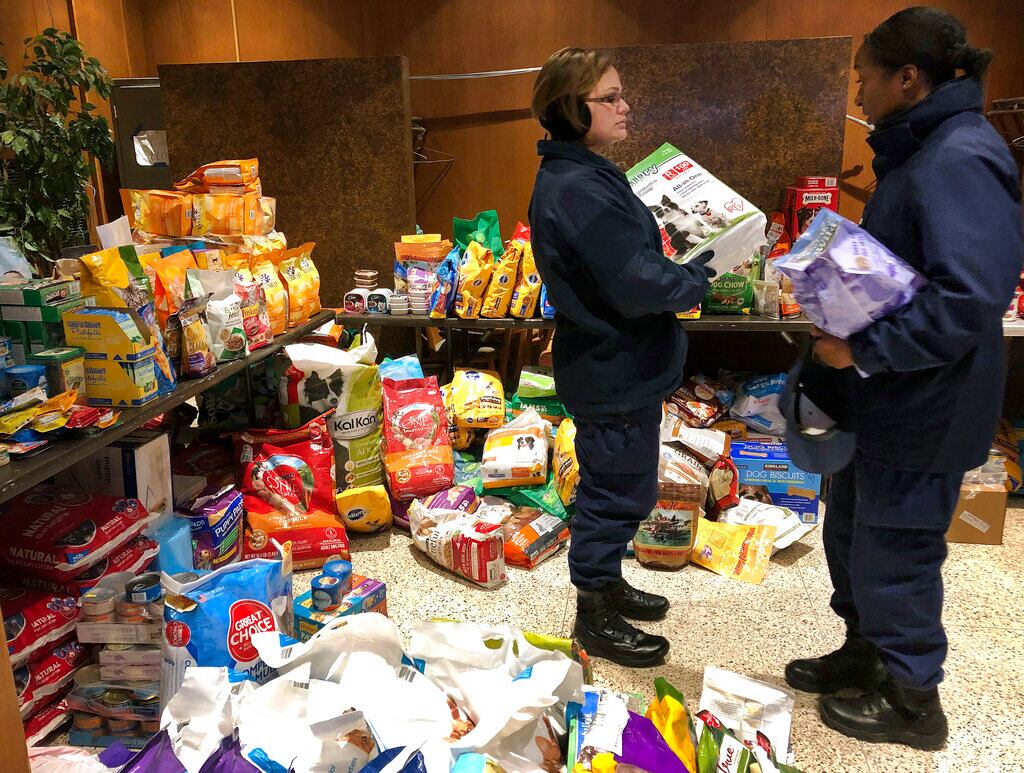Nothing has more impact on sailors' careers than their as does a sailor's evaluations or an officer's fitness reports. Good marks and they move up, bad marks and they go home. It's just that simple.
Navy officials are tweaking the rules for how the evaluation (enlisted) and fitness report (officer) system works, and everyone will now be graded for fostering a healthy command climate and fighting sexual assault. Skippers and admirals will also be accountable for the conduct and climate of their organization.with new Navy officials have updated the Navy's Performance Evaluation system to incorporate not only all changes that have gone into effect since the last revision in April, 2011, but they've also added some new twists that impact nearly everyone from flag officers down to the newest sailor in the fleet.
The new instruction, dated May 1, in effect and available now. It was announced to the Navy in NavAdmin message 113/15 on May 5.
They factor into the enlisted advancement system for those E-6 and below and are the key documents looked at by selection boards for selecting all grades of chiefs and officers.
And if you are a good sea lawyer and want to read the whole things yourself, you can find it at — http://www.public.navy.mil/bupers-npc/reference/instructions/BUPERSInstructions/Pages/default.aspx.
What you need to know: Here's some things you might like to know about the new instruction — some may be above your pay grade, but still interesting and not just for the sea lawyers in the ranks:
1.Surveys and skippers. New for CO's — The fitness reports have new standards by which commanding officers will be evaluated, such as command climate surveys. COs are required to conduct one within two months of taking charge, and then The new instruction lays down some pretty interesting things your CO will now be evaluated on. These include whether or not they conduct command climate surveys when they're supposed to. Last year, it became mandatory that CO's conduct an initial survey within 60 days of taking command, at the one year mark and each year after that — and they'll be knocked if they don't get them done.
"Failure to conduct required command assessments is considered a leadership deficiency for grading purposes," said the new instruction, dated May 1. s, however it also says that "no survey, however, can capture the whole picture" and that command climate surveys shouldn't be "relied on exclusively to assess a command's climate.
In addition, The new rules have CO's also being grade them on how their commandshandle classified material handling and their sailors' security clearances of their sailors.
2. Healthy command climate.— In the previous instruction, there was only one mention of "sexual bias or harassment" but with the rewrite,Everyone from the lowest E-1 to the top admiral will now be graded on sexual harassment and assault prevention andhelping to foster healthy command climates and fighting sexual harassment.
"For commanding officers, indicate the extent to which they have or have not established a command climate where allegations of sexual assault are properly managed and fairly evaluated," the instruction says.
It also calls for marksgrading on whether victims of any criminal activities feel , including sexual harassment feel they "can report the criminal activity without fear of retaliation, including ostracism and group pressure." from other members of the command.
The same thing applies for the evaluations of every leader in the command down to the leading petty officer level.
To get high marks in military bearing, even the most junior sailors must "demonstrate how they have cultivated or maintained command climates where improper discrimination of any kind, sexual harassment, sexual assault, hazing and other inappropriate conduct is not tolerated."
3. New rules for admirals. Flag Officers and Military Bering — It's lonely at the top. Admirals are going to start being evaluated for the attitudes they foster at their commands, including integrity, accepting responsibility for subordinates' actions and "undertaking necessary action," and flag officers when flag officers are evaluated on "Military Bearing" they get looked personally as well as the attitudes they foster in their commands. Under the new guidance, flags get looked at for things like "accepting responsibility for own and subordinates' actions" as well;; as "maintaining ethical principles and telling the truth, regardless of consequences." One interesting factor is that they are evaluated on "undertaking necessary action, even when physically risky, and inspiring others to do the same" though the instruction doesn't give examples of this.
4. The same language.Cleaning up the language Different military services have their own languages, phrases and words and sometimes different components within the same service don't always use the same words to describe things.Because more reservists are pulling duty, from drills to orders that can cover take up to multiple years, it's important that both reserves and active-duty speak the same language in evaluations and fitness reports. Reservists on any type of active-duty must now receive concurrent reports from the active duty command with which they're serving with. The new instruction has been updated using "total force language" clarifying procedures for reservists when they do active duty. Most importantly, the rules have been changes that now require all reservists doing any kind of active duty to have concurrent reports from both their parent reserve command as well as the and the active command they're currently serving with just as active service members get concurrent reports from their parent commands when away on temporary duty elsewhere.
5. Be honest. The evaluation system depends on evaluators, from work center supervisors to COs, accurately depicting their subordinate's performance. Expectations of CNP — Because of their importance to the careers of sailors, writing evaluations can be tricky and the judgement of supervisors up to commanding officers is counted on to grade each service member accurately, even if it hurts to do so says Vice Adm. Bill Moran, who told Navy Times in March that he feels the existing evaluation and fitness report system "works, but it isn't perfect."
But the success and failure of the system relies on the individual evaluators from work center supervisors up to the commanding officer.
"If you don't think someone is measuring up, you need to be brutally honest and upfront with those people, because one poor evaluation is not going to make or break someone's career," said Chief of Naval Personnel Vice Adm. Bill Moran said.
"It's only with a pattern of less than adequate performance that they shouldn't be advanced or promoted in the Navy. But the only way you're going [to document poor performance] is by commands and command triads being a bit more upfront with how they write those — truly calling it how they see it."
Mark D. Faram is a former reporter for Navy Times. He was a senior writer covering personnel, cultural and historical issues. A nine-year active duty Navy veteran, Faram served from 1978 to 1987 as a Navy Diver and photographer.





